Our Blog - Autun, France
Today we spent the whole day in the town of Autun. It was founded during the early Roman Empire by Emperor Augustus under the name of "Augustodunum", and during Roman times, it had a population of between 30,000 and 100,000 people. Today it is much smaller with only around 15,000. In addition to the various Roman artifacts that still remain, a bit of trivia is that Napoleon as well as his brothers Joseph and Lucien studied French here in 1779.
The ancient ramparts - When Augustodunum (Autun) was founded in the 1st century BC, the city has an impressive rampart (6 km). There were 4 gates to enter the Roman city: Porte d'Arroux to the north, Porte Saint-André to the east, Porte de Rome to the south, and Porte Saint-Andoche to the west, and the first 2 are still well-preserved.

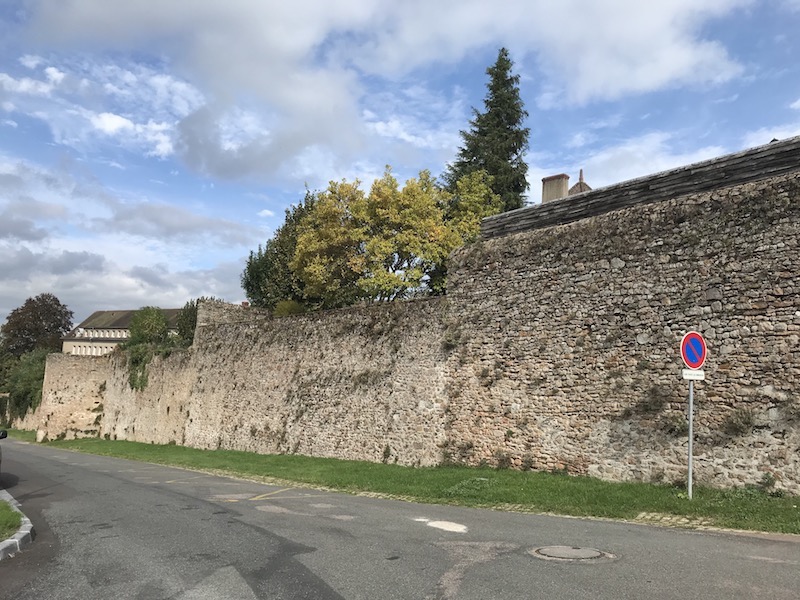


We started our tour of the town at the Eastern gate, Porte Saint-André. On the ground level, there are 4 semi-circular arched openings: two larger ones in the middle for vehicles and two smaller ones for pedestrians. Above them is a gallery of 10 arcades. There were two towers, one on each side, although only the North tower remains.


The town also contains a Roman Theater, which was built around 70 AD. It has a diameter of about 148 meters (485 feet), it seems to have been the largest Roman theater in France. Built on the natural slope of the land, it has a classic style with tiered seating on three semi-circular rows which are divided by the stairs. It could hold up to 20,000 spectators.





I don't do good with panoramic pictures on my site, so I took a short video going around it (with Tom and Lucy popping in at the very end).
And a few more getting a view as I headed up the stairs and then from the top back down.

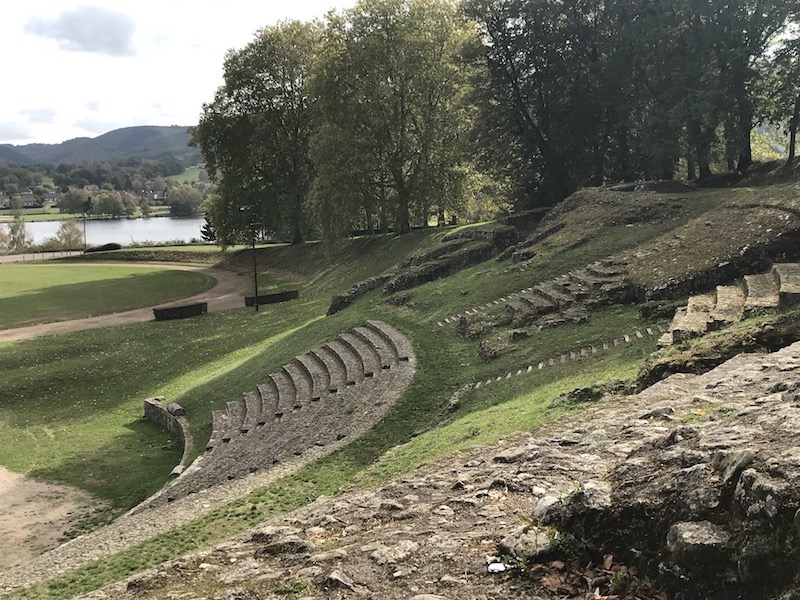

There is a large military high school (still active today) which is in a complex that was built in the 1675 as a seminary school for training future priests. The clergy was expelled in 1884 and it became a Cavalry school).
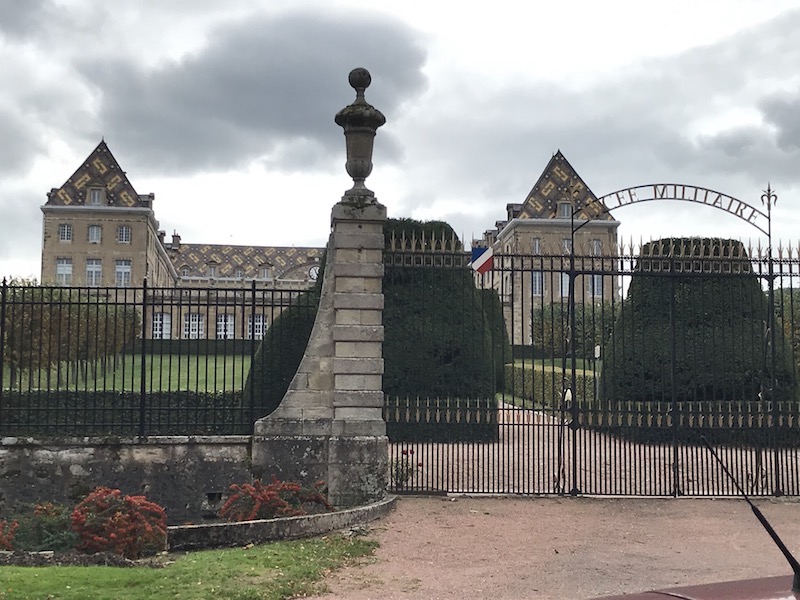
You've seen one of the gates from the Roman times, and here is a tower from the Porte des Bancs from the medieval wall. During the middle ages, around the 12th century when this was built, the butchers stalls were located nearby.
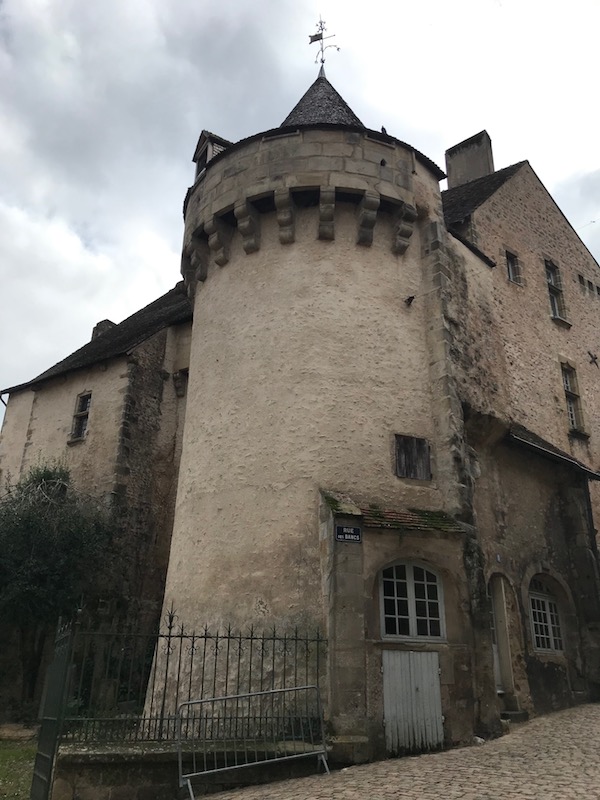
The first cathedral of Autun was built in the 5th century and held the relics of Saints Nazarius and Celsus. As such, it was the object of pilgrimages and had to continually be refurbished and enlarged. So in 1120, a new cathedral was started, dedicated to Saint Lazarus (St. Lazare). It was mostly finished by 1146 and the relics of Lazarus were moved here, with a shrine for the relics created in the choir between 1170 and 1180. While the exterior has a somewhat Gothic appearance, with the Gothic tower, spire, and side chapels added in the 15th century, the interior remains Romanesque.
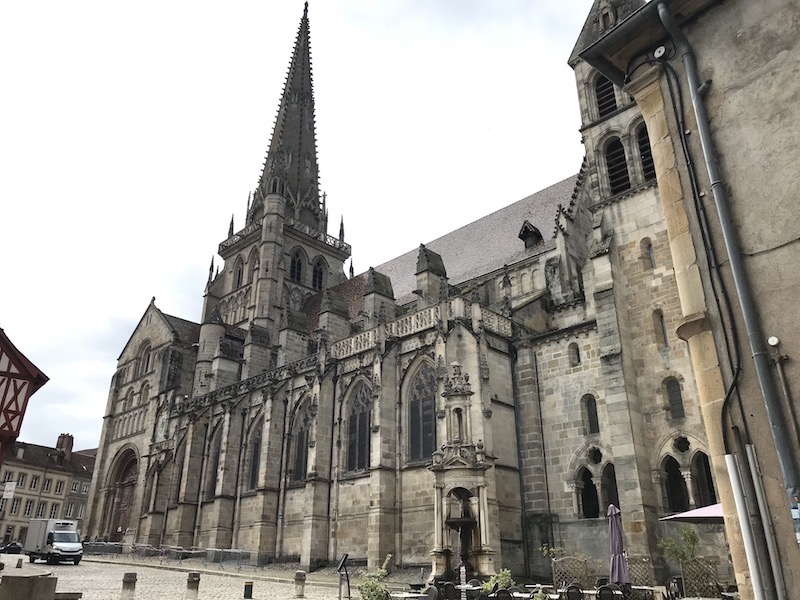


The Tympanum over the main entrance shows the "Last Judgment".



The cathedral is known for the carved Romanesque capitals in the nave and choir. The capitals use the tendrils of the actual Corinthian capital to create an architectural frame for the narrative of the story to develop. The capitals of the portal are carved with biblical and traditional scenes. One depicts St. Jerome removing a thorn from a lion's paw; another shows the Presentation of Christ.

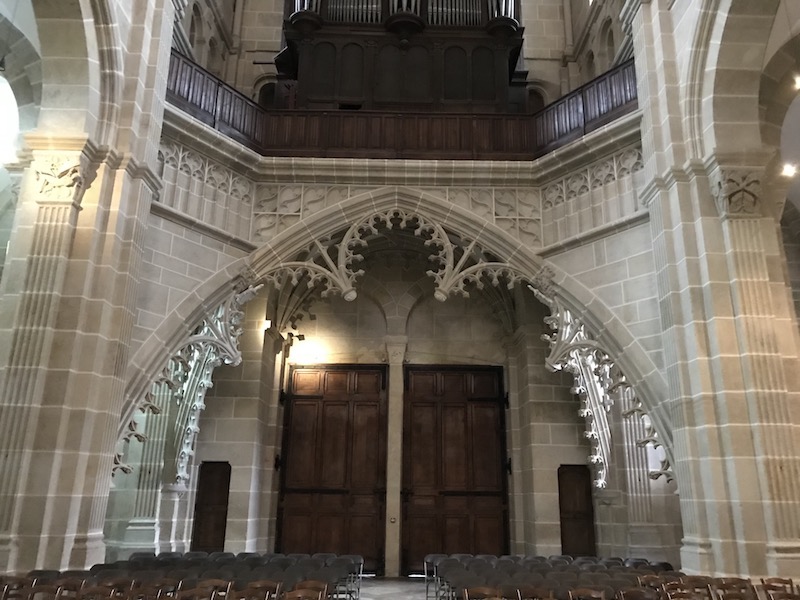
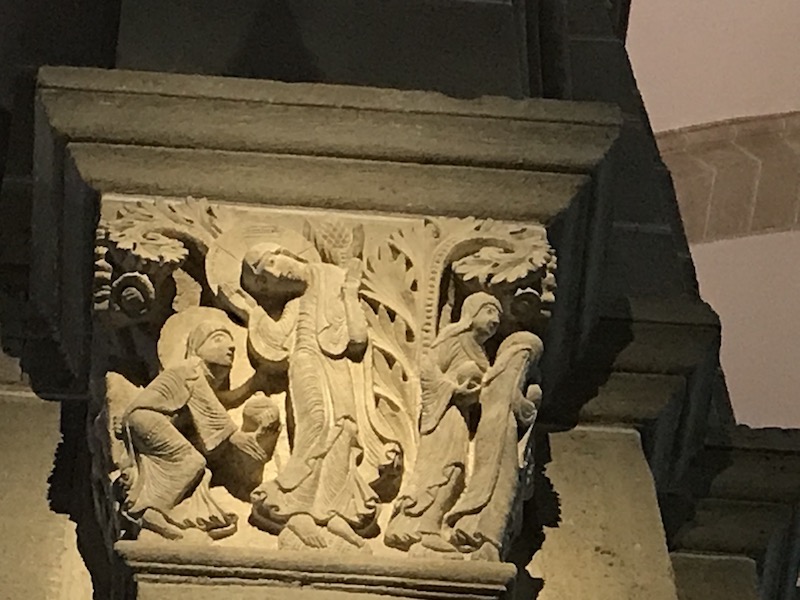
There are a few places on the interior where you can pick up some very Gothic decor, including the side chapels that were added in the 15th century, and a door-way.
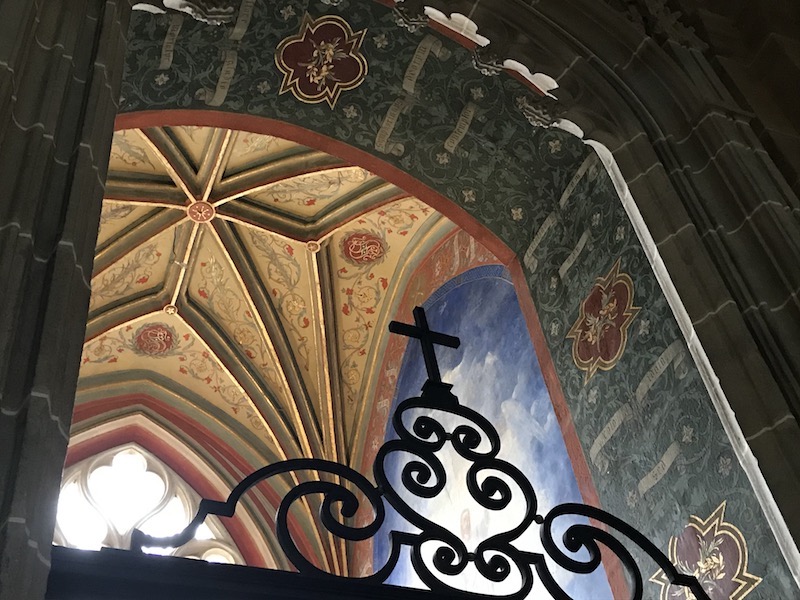


Just a few examples of the stained-glass windows ... I tried to pick the most impressive ones.

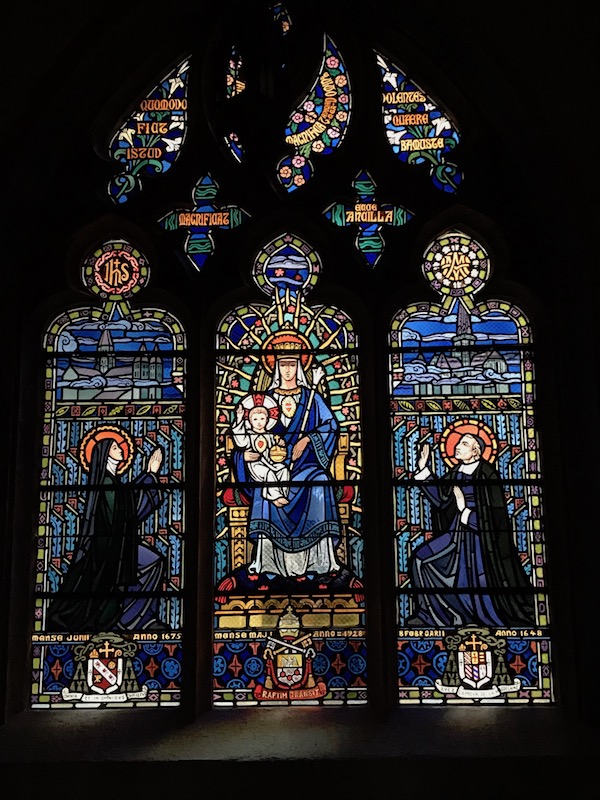
The Temple of Janus is the only thing left of a cultural area on the outside of the town. It is a Gaelic temple but the God that was honored is not known. There are 2 sides that remain, and it is over 20 meters tall.
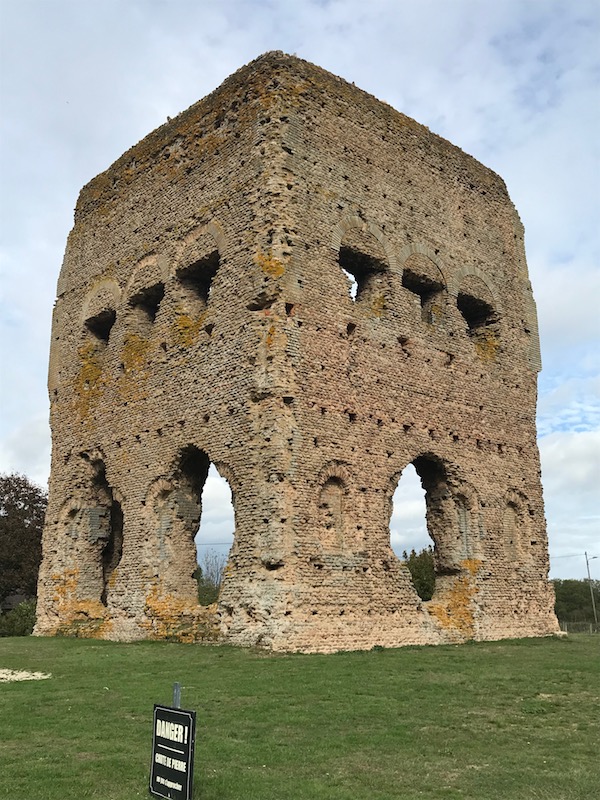

You can see the niches on the walls where the roof of a portico would have been attached between the ground floor and first level. Up at the first level, you can see 3 windows on each of the remaining walls.

From the other side, you can see the interior of the temple and can see the various niches built into the walls.


